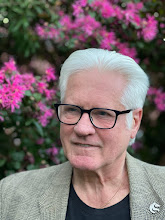I've just watched Mad Max Beyond Thunderdome - released in 1985 and the third movie in the Mad Max series. I hadn't seen it for many years, and I tend to get its events mixed up with those in Mad Max II (1981; known in the US as The Road Warrior). I have a fondness for these movies, partly because I wrote the entry on them - a decade ago now - for The Greenwood Encyclopedia of Science Fiction and Fantasy. Indeed, the last time I watched Beyond Thunderdome was probably when I was working on that encyclopedia article.
Max is, as I point out in the article, a dangerous man whose talents are mainly for death and destruction. And yet, he always has close links with children, and in his adventures he becomes a bridge between the ruined, post-apocalypse world that is apparent in the second and third movies in particular and the new societies that emerge from the ruins. (The second and third movies are both narrated by children who have grown to adulthood and become leaders, thanks largely to Max's efforts. For them, he is a kind of culture hero.)
I was interested to watch Mad Max Beyond Thunderdome again, refresh my memory of it and see how it stands up after all this time (surprisingly well). I wanted its feel and its events at the front of my mind because I'm eager to catch the long-awaited, just-released fourth movie in the series, Mad Max: Fury Road. I'll go along and see Fury Road very soon, and I'll report back.

No comments:
Post a Comment